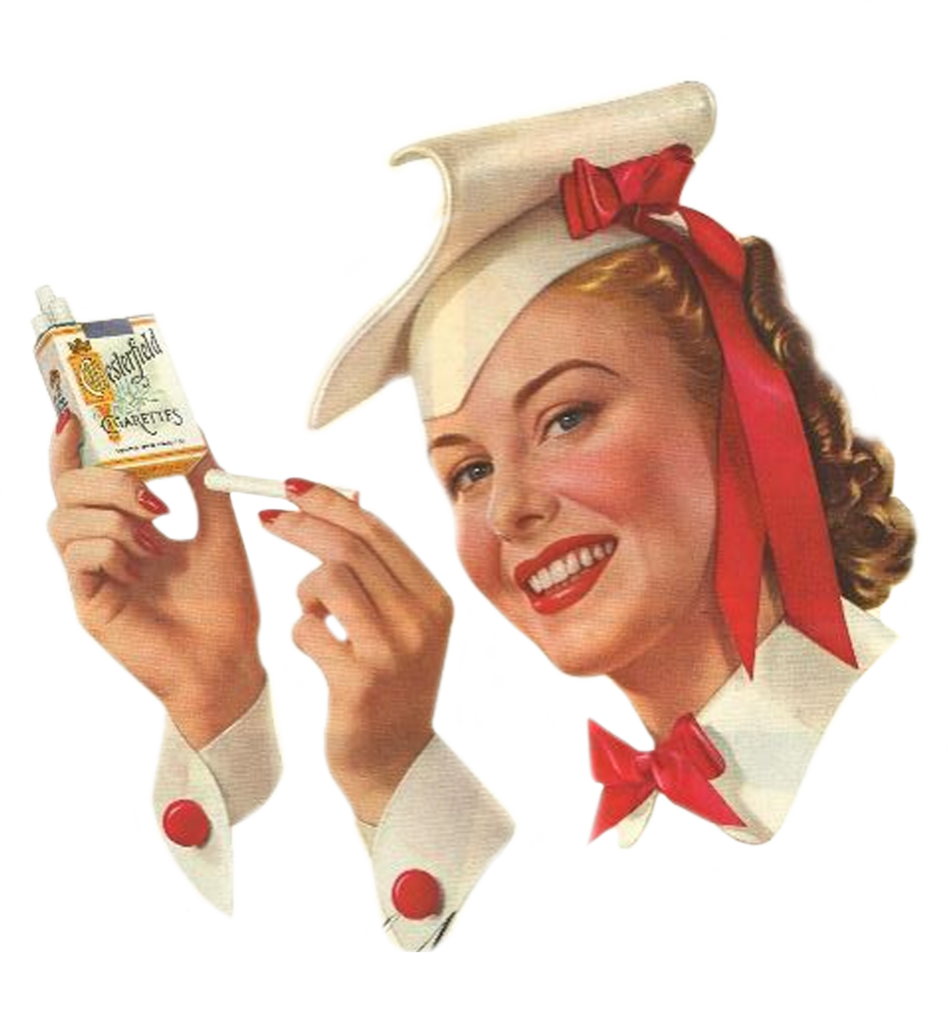Internships Project Spring 2021: Universities & Tobacco
Project Abstract
The aim of this internship project will be to arrange and describe the material featured in the exhibition Universities and Tobacco.
Although more than 1,750 colleges and universities in the United States alone have become smoke-free campuses over the past 20 years (including nearly 1,500 that claim to have adopted entirely tobacco-free policies), progress in reducing cigarette, smokeless tobacco, and hookah use among U.S. university students has slowed. Prevalence may be as high as 25%. Globally, reported smoking prevalence among university students ranges from 14% in Brazil to 60% in Bangladesh. A little-studied obstacle to reducing tobacco use among university students is the ongoing financial relationships between the tobacco industry and academia. Coordinated strategies to diminish the influence of the tobacco industry in academia are lagging and require greater attention by tobacco control proponents.
This project will create an arranged and described digital collection on the Center’s Omeka that will provide a cross-listed and indexed repository of the curated material to supplement and enhance an exhibition on the relationship between Tobacco and Higher Education Institutions. A collection description and analysis penned by the intern and an oral history interview with Dr. Blum on the collection will further augment the presentation.
Methodology
The intern will use the Omeka browser-based content management system to upload the material to a collection (019 – Universities & Tobacco) or a more specified sub-collection to be determined by the Collection Manager (i.e. 019.1 Smoking Bans).
Arrangement:
Discussions will determine the nature of the entries to the Omeka however, the general outline of the project is to evaluate the scope of the collections and base the arrangement schema around themes established in the exhibition then further down to Institution, followed by the year or more granularly on the month or quarter dependent on volume. For example, organization may be based around relevant institutions, for example, University of Texas Austin Career Fair Material.pdf, for which there may only be a handful of entries would be one file. Alternatively, the material that has correspondence (or a higher volume of material) such as the material from the University of Washington will require division by month’s correspondence as .pdf files within the entry for the year.
A determination will be in conjunction with the intern on the exact nature of the arrangement. Critical analysis and input from the intern and the collection manager will decide the best route.
Description
Metadata Entry – The intern will be responsible for entering corresponding metadata to the entries in the collection. The required fields will be as follows.
- Title – The most appropriate title or subject line of the item.
- Type – Generic type descriptor, i.e. brochure, magazine, article, letter, etc.
- Creator – The entity or organization responsible for creating the resource. i.e. Alan Blum, MD, University of Alabama, Philip Morris Inc.
- Publication – If applicable the published source of the record, typically a Newspaper, Magazine, or Report, typically italicized when mandated by Chicago Style citation. i.e. The New York Times, Scientific American, Philip Morris Annual Report 1998
- Date – Month DD, YYYY
- Identifier – There is a particular format for this that we prefer for posting these to our exhibitions. An example is below and a more detailed tutorial will follow later on this page.
“Associate Research Scientist – Philip Morris USA”
Job Listing
American Anthropological Association
July 7, 2002
More instruction will follow as the Center continues to firm up its policy on finding aid creation.
Work Product
- An arranged, described, indexed and searchable collection uploaded to csts.omeka.net.
- Descriptive finding aid for the Universities & Tobacco Collection.
- An online exhibition on Universities & Tobacco.
- An oral history conducted with Dr. Blum on the Universities & Tobacco Collection.
Evaluation
Successful completion or significant contribution to the project, with timely and accurate completion of assigned tasks, will merit satisfactory marks from the Center in regards to the Intern’s performance.
Resources
Shared resources for the project will be posted here for the intern to access, in addition to a courtesy form for the intern to track their hours for completion of the assignment if desired.


